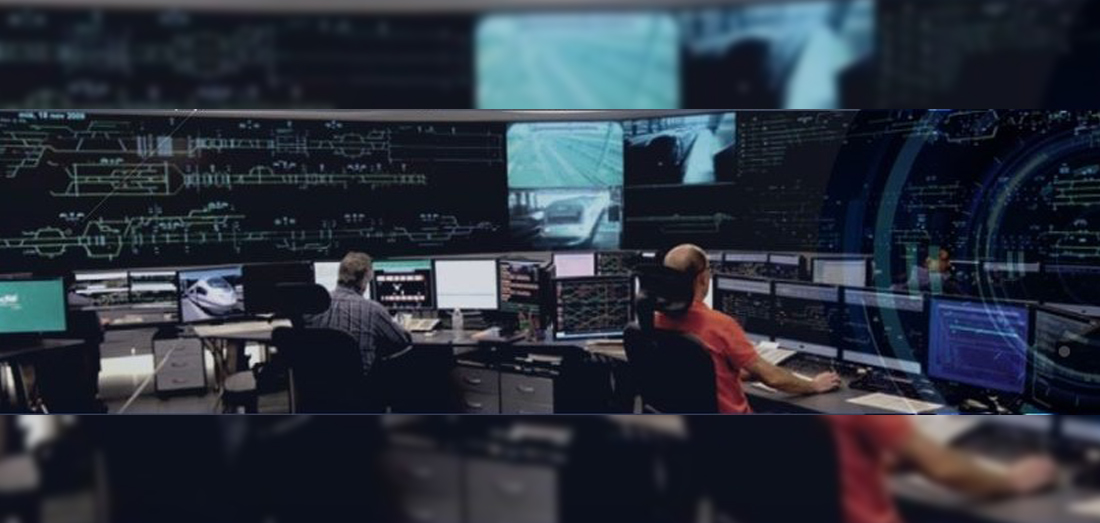
Plataforma de teleformación FFE
Duration: 83 hours (9 weeks)
Enrolment: 565,00 + 21% IVA
Railway Signalling Installations
Description of Signalling, Remote Control, Train Protection Systems, Auxiliary Systems, interlocks and their operation. Its advantages and disadvantages, in terms of its complexity, cost, maintainability and availability.
Explanation of the parts and interconnections between each other between interlocking and locking systems, Local and Remote Controls, ASFA, LZB and ERTMS systems
Addresses
Engineers, technicians and workers of railway signaling.
Objetives
- Understand that the main objective of Railway Signalling Systems is to achieve the maximum use of the lines capacity, increasing speed and reducing the interval between trains, with full safety guarantees.
- Comprise that the main mission of the interlocks is that the movement of the trains is safe by preventing itineraries or routes.
- Learn that the blocking is the set of rules governing the movement of trains between stations.
- Know how the systems operate to interlockings and block rules.
- Discover that the train Protection System that are aimed at increasing Traffic Safety, reducing the possibility of human error and increasing the performance of speed and capacity of the railroad.
- Know the importance the civil works during the installation of a signalling system to interconnect all the field elements with the interlocking.
Training programm
Section I. Summary & Railway Signalling Principles: Purpose of signalling systems; Basic concepts of railway operation.
Section II. Interlocking: Assembly diagram; Interlocking systems; Signalling systems associated with switches; Lineside signalling sistems; Track clear detection systems; Route control table.
Section III. Block Working Principles: Block signalling methods; Decentralized automatic block systems; Centralized automatic block systems; BLocking layout.
Section IV. Signalling Control Centres: Signal box; Signalling centre; Integrated control centre.
Section V. Train Protection Systems: Signal Announcement and Automatic Braking (ASFA); LZB (linienförmige Zugbeeinflussung); European Railway Traffic Management System (ERTMS); Communications-Based Train Control (CBTC).
Section VI. Auxiliary facilities; Trenches, canalization and structural work; Signal cabin; Swicht heaters; Hot axle box & wheel detection; Falling object detector; Crosswind detector; Wheel impact load detection; Dynamic behavior of pantograph.
Instructor
Julián Martínez Saez
- Industrial Engineer by the Technical University of Madrid.
- Executive MBA from the School of Industrial Organization.
- Master New Managers of ESADE.
- Working experience in Soluciona (Norcontrol), Indra, Siemens (Dimetronic) and Renfe / Adif.
- Currently, Deputy Director of Control, Command and Signalling of Adif
- Collaboration with the Fundación de los Ferrocarriles Españoles on teaching face-to-face courses in Antigua (Guatemala), Caracas (Venezuela) and on-line platform courses "Railway Signalling Course".
- Experience in managing on-line platforms and e-learning tutor.
Assessment y certificate
This training is divided into 6 blocks containing various topics, self-assessment questionnaires and a tutorised exercise final. Once the course is over, the organization will send you a certificate of achievement if you have satisfactorily completed the self-assessment questionnaire and obtained a pass grade from the instructor in the tutorised exercise.
